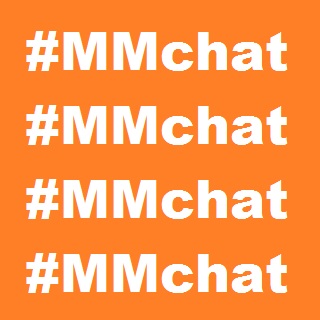 “Gamification” seems to be the up and coming buzz word. You may recall that in April, I covered Empire Avenue in a post about the gamification of social media. Now, Google is in the news (literally) with a gamification project of their own, and I think it has some potential.
“Gamification” seems to be the up and coming buzz word. You may recall that in April, I covered Empire Avenue in a post about the gamification of social media. Now, Google is in the news (literally) with a gamification project of their own, and I think it has some potential.
Let’s explore why.
This week Google announced the launch of their Google News Badges. Google heralded the launch with the following description:
The U.S. Edition of Google News now lets you collect private, sharable badges for your favorite topics. The more articles you read on Google News, the more your badges level up: you can reach Bronze, Silver, Gold, Platinum, and finally Ultimate. Keep your badges to yourself, or show them off to your friends.
You’ll probably feel like the badge adoption seems familiar; after all, Foursquare made this a central part of their service.
 Chances are, few if any of you are thinking about the sales department. Most marketers believe that social media marketing is about freely sharing and exchanging ideas and dialogue, building online communities and not overtly selling products.
Chances are, few if any of you are thinking about the sales department. Most marketers believe that social media marketing is about freely sharing and exchanging ideas and dialogue, building online communities and not overtly selling products. 
 According to the recently released State of Marketing Report from the Chief Marketing Officer (CMO) Council, 57% of marketers plan to increase their marketing budgets this year with a priority on incorporating social media across all channels and taking full advantage of the insights gleaned to grow their respective brands.
According to the recently released State of Marketing Report from the Chief Marketing Officer (CMO) Council, 57% of marketers plan to increase their marketing budgets this year with a priority on incorporating social media across all channels and taking full advantage of the insights gleaned to grow their respective brands.  Nothing!
Nothing! Highlights from the Social CMO’s Live Marketer Monday Chat
Highlights from the Social CMO’s Live Marketer Monday Chat Since social media makes it so simple (quick and easy) to post your message (content) in numerous social networks, it can be tempting to spray your message around the cybersphere as far and wide as possible. However, that method keeps you at a surface level of connection… which gets you little more than a glance. To go deeper and have ongoing consumer relationships that result in sales, you need to be relevant and stay relevant to your audience.
Since social media makes it so simple (quick and easy) to post your message (content) in numerous social networks, it can be tempting to spray your message around the cybersphere as far and wide as possible. However, that method keeps you at a surface level of connection… which gets you little more than a glance. To go deeper and have ongoing consumer relationships that result in sales, you need to be relevant and stay relevant to your audience. More than once in recent weeks I’ve participated in (or overheard out of the corner-of-an-ear) discussions on how time-consuming social media has become, what the payoff might be, and when it might be realized. And I would certainly be surprised if many of you haven’t asked some version of these same questions of yourself or others.
More than once in recent weeks I’ve participated in (or overheard out of the corner-of-an-ear) discussions on how time-consuming social media has become, what the payoff might be, and when it might be realized. And I would certainly be surprised if many of you haven’t asked some version of these same questions of yourself or others.  A recent study forecasting enormous growth in mobile payments for digital and physical goods comes as no great surprise.
A recent study forecasting enormous growth in mobile payments for digital and physical goods comes as no great surprise. There are no true experts or gurus in this social media space – we are ALL still trying to figure this out.
There are no true experts or gurus in this social media space – we are ALL still trying to figure this out.